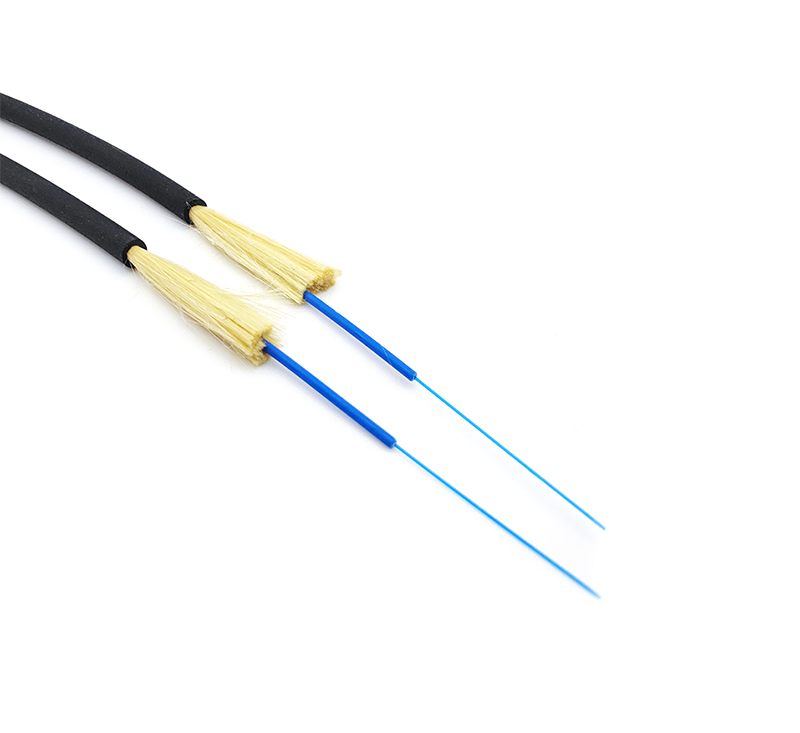The application of optical fiber networks is becoming more and more extensive, but it should be noted that in the face of different application requirements, the optical fibers used also have strict different requirements. The practical application of optical fibers in various optical networks determines the requirements for the technical performance of optical fibers. Different fiber optic networks use fibers with different application technologies. What occasions are optical fibers mainly used for and how should they be used?

Optical fiber for transmission
The application of optical fiber technology in transmission systems is first realized through various optical networks. Up to now, the topology structure of various optical fiber transmission networks constructed can be basically divided into three categories: star, bus and ring. Further, from the perspective of the layered model of the network, the network can be divided into several layers from top to bottom, and each layer can be divided into several subnets. That is to say, the network and network composed of each switching center and its transmission system can be further divided into several smaller subnetworks, so that the entire digital network can effectively communicate and serve, and the fully digital integrated service digital network ( ISDN) is the general goal of communication networks. The popularization of ADSL and CATV, the continuous increase of the capacity of the metro access system, and the expansion of the backbone network all require different types of optical fibers to play the important role of transmission.
Dispersion Compensating Fiber (DCF)
Fiber dispersion can broaden the pulse, which can lead to bit errors. This is a problem that must be avoided in the communication network, and also a problem that needs to be solved in the long-distance transmission system. Generally speaking, fiber dispersion includes material dispersion and waveguide structure dispersion. Material dispersion depends on the dispersion of silica masterbatch and dopant used to manufacture fiber, while waveguide dispersion is usually a mode of effective refractive index with wavelength. the tendency to change. Dispersion compensating fiber is a technology used to address dispersion management in transmission systems.
Optical fiber for amplification
Amplifying fibers can be made by doping rare earth elements in the core layer of silica fibers, such as erbium-doped fiber (EDF), thulium-doped fiber (TOF) and so on. Amplifying fiber has good integration performance with traditional silica fiber, and also has many advantages such as high output, wide bandwidth, and low noise. Fiber amplifiers (such as EDFAs) made of amplifying fibers are the most widely used key components in today's transmission systems. The amplification bandwidth of EDF has been expanded from C-band (1530 1560nm) to L-band (1570 1610), and the amplification bandwidth reaches 80nm. The latest research results show that EDF can also perform optical amplification in the S-band (1460 1530), and an inductive Raman fiber amplifier has been fabricated to amplify in the S-band.
Optical fiber for supercontinuous wave (SC) generation
The supercontinuous wave is a spectral ultra-broadband phenomenon when the intense light pulse is transmitted in a transparent medium. As a new generation of multi-carrier light source, it has received extensive attention in the industry. Since the occurrence of ultra-broadband light observed in large-capacity glass by Alfano and shapiro in 1970, the occurrence of ultra-broadband light has been observed in various substances such as optical fibers, semiconductor materials, and water.
Optical fiber for optical devices
With the construction and expansion of a large number of optical communication networks, the amount of active and passive devices is increasing. Among them, fiber-optic devices are the most widely used, mainly including fiber amplifiers, fiber couplers, optical demultiplexers, fiber gratings (FG), AWGs, etc. The above-mentioned optical devices must have low loss, high reliability, and easy low-loss coupling and connection with communication optical fibers before they can be used in communication networks. So FG was developed and produced










